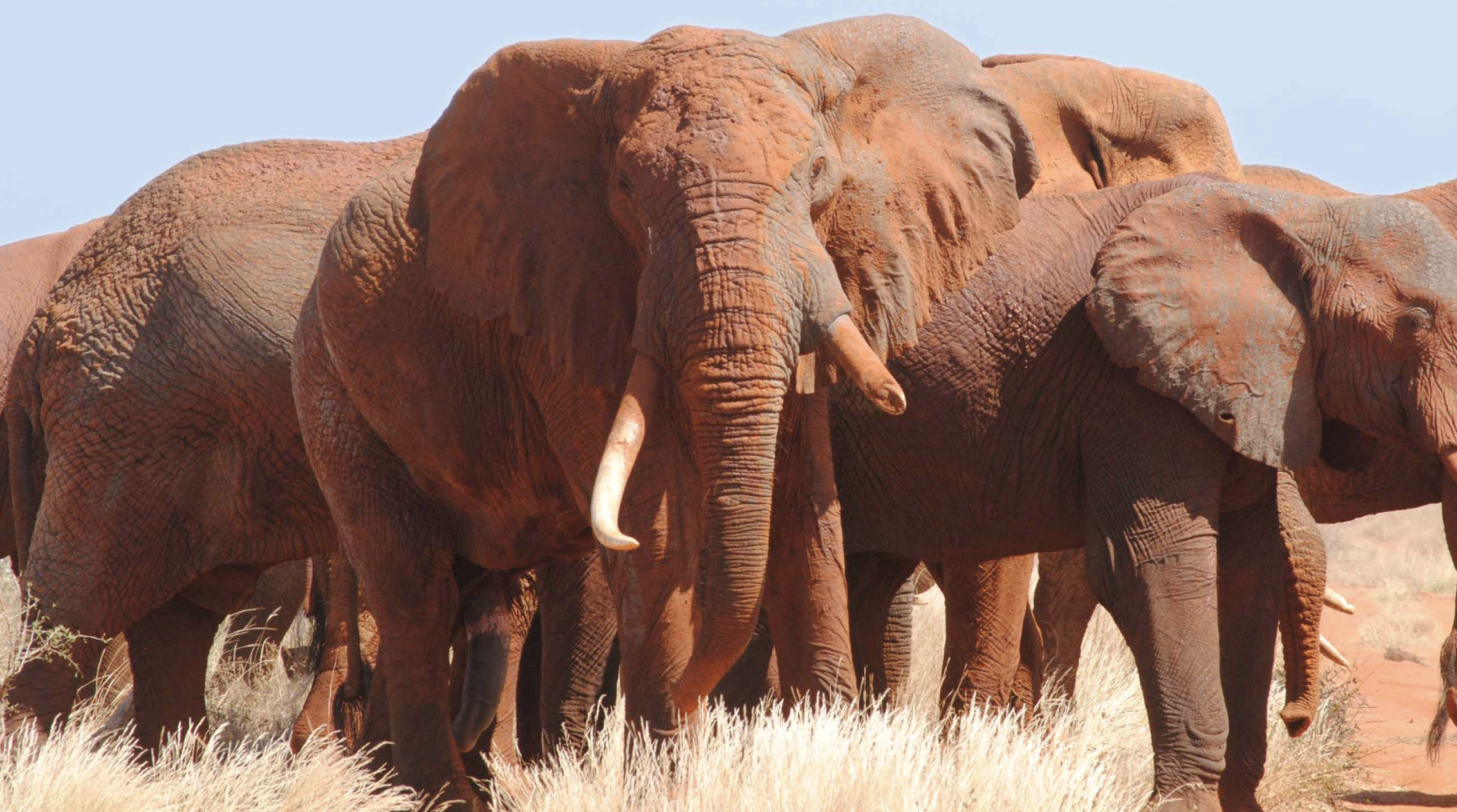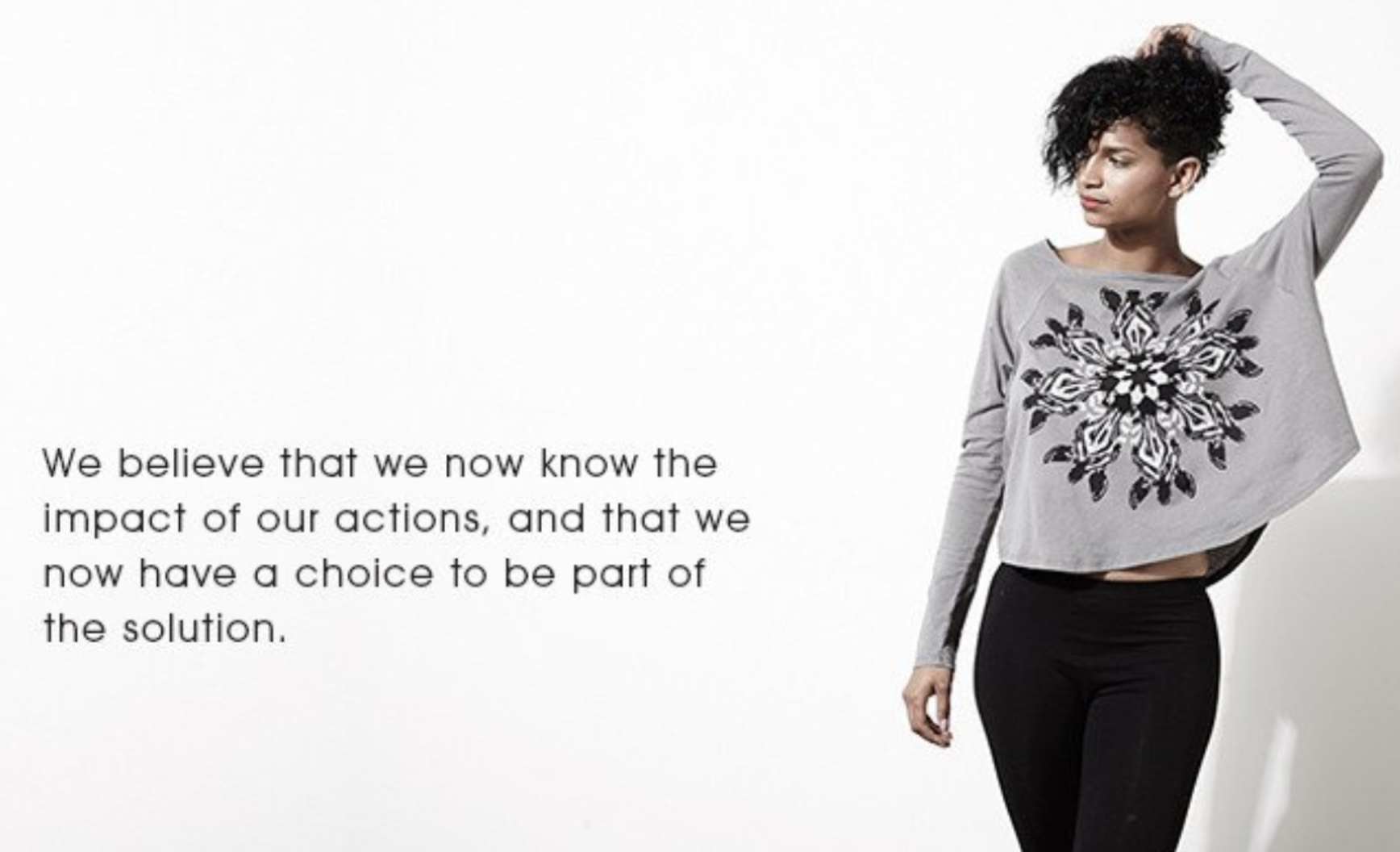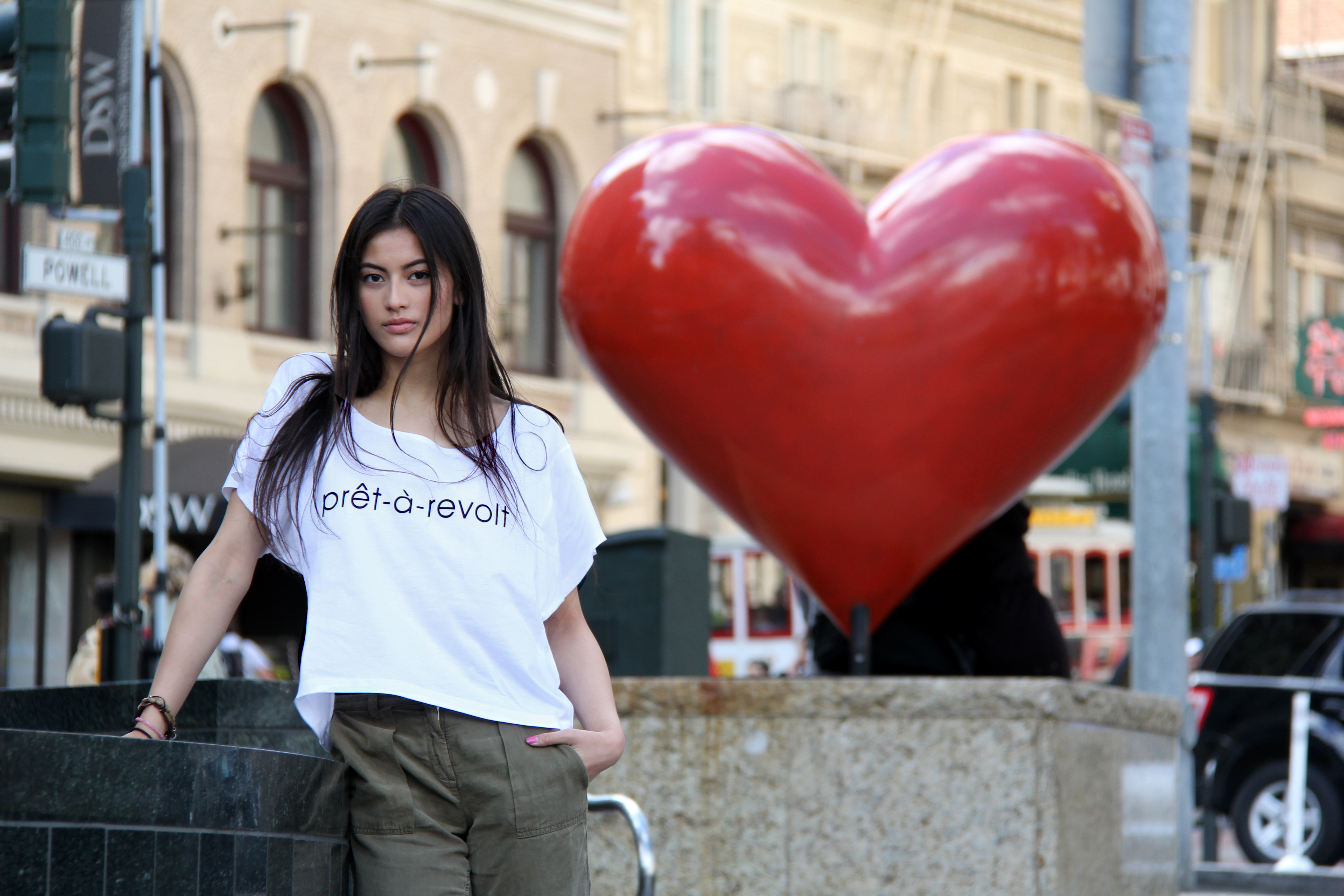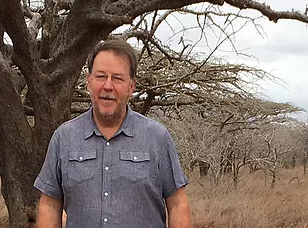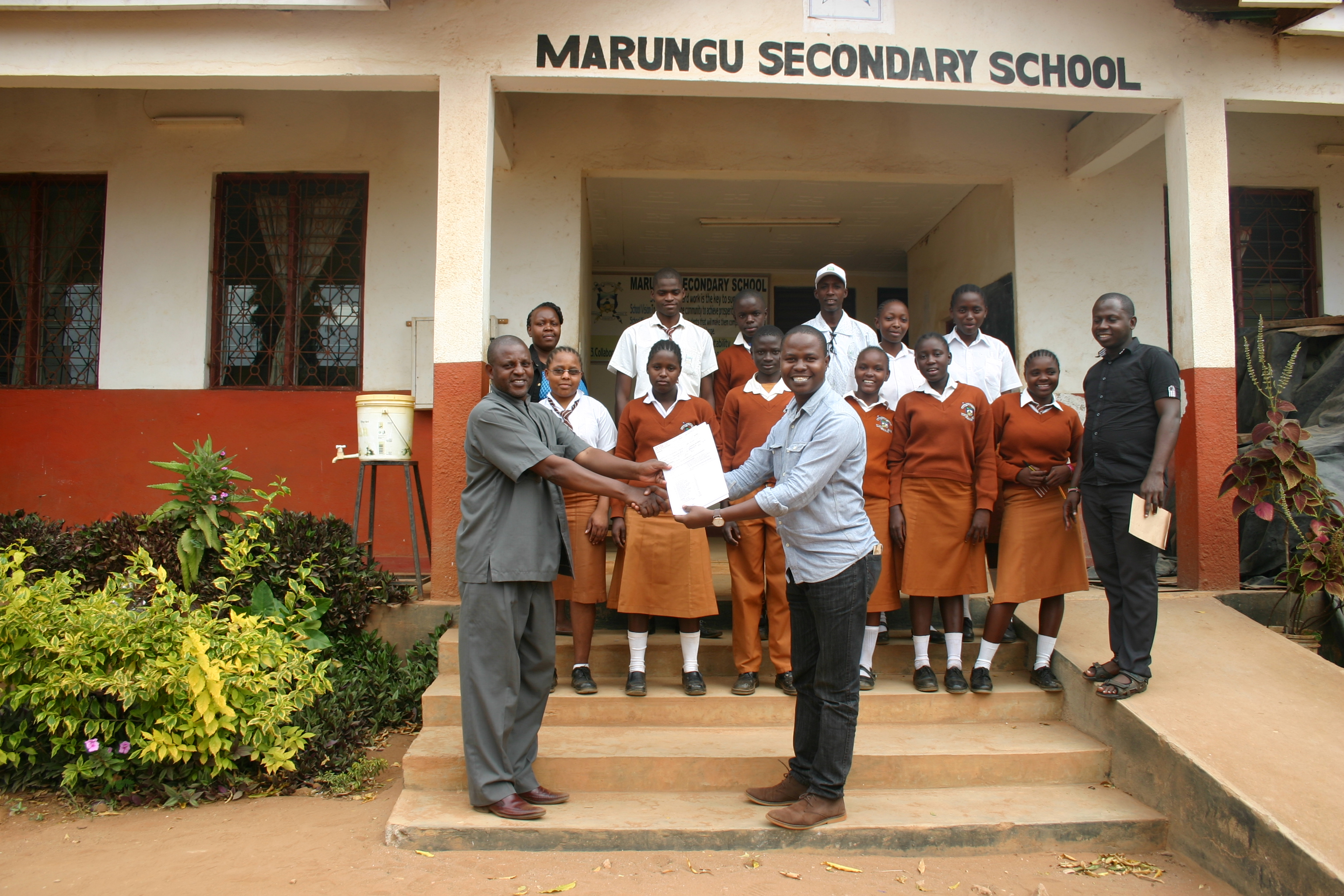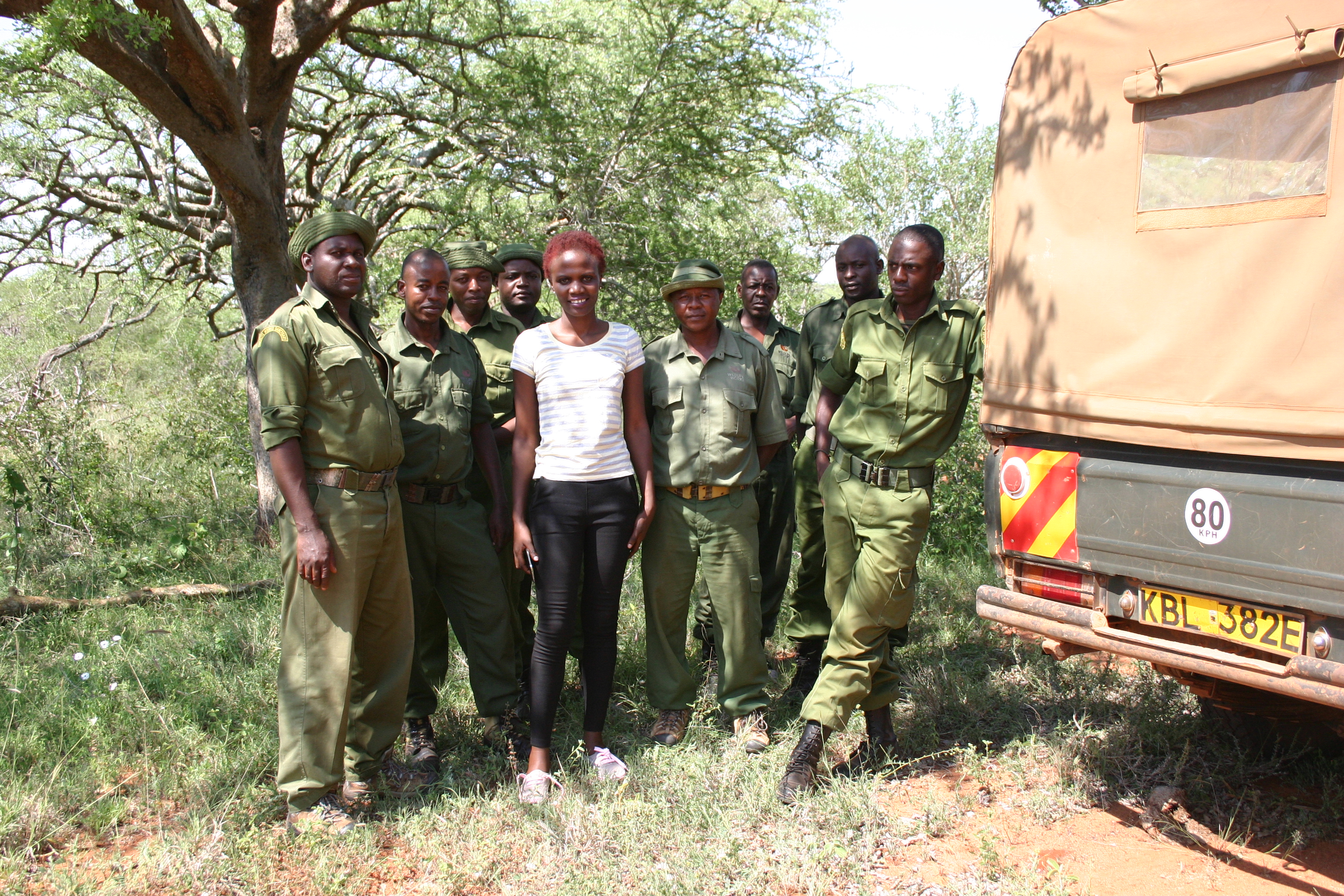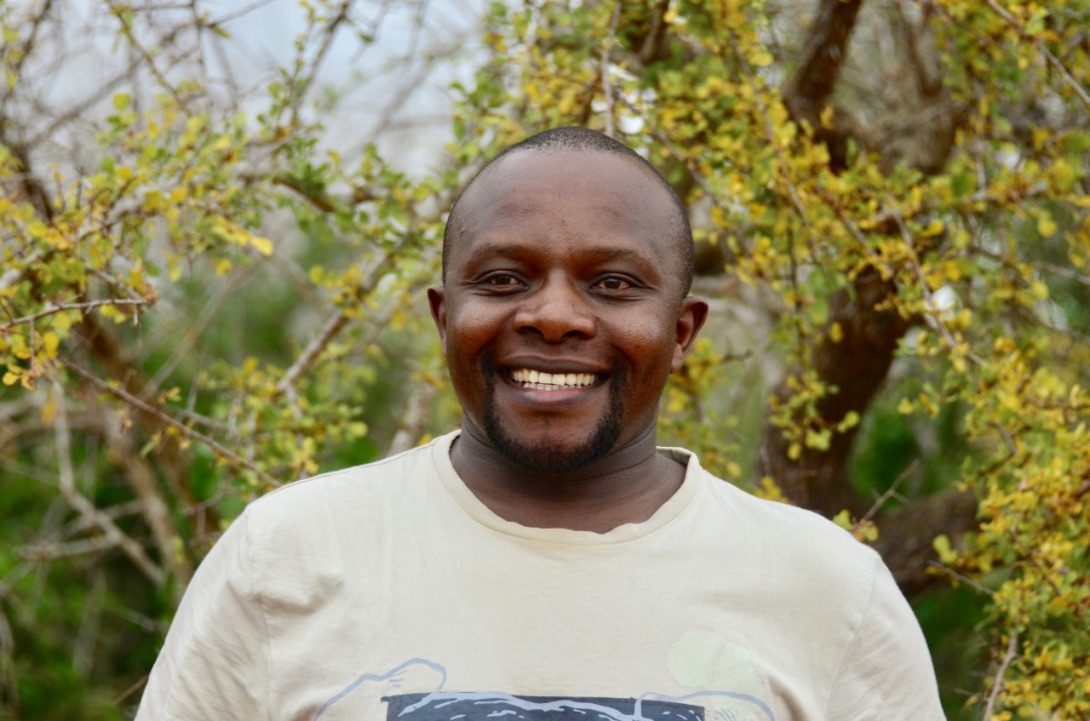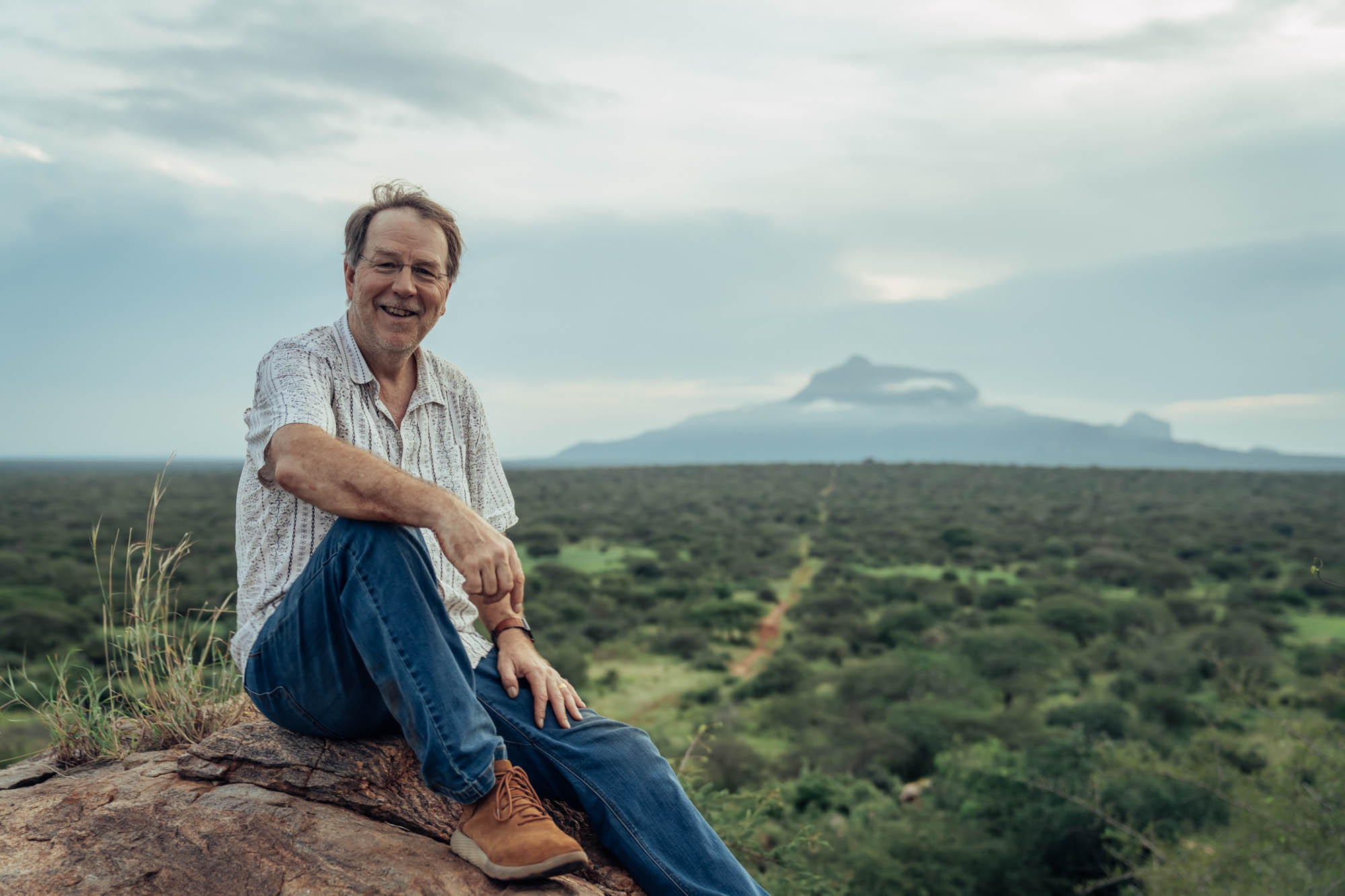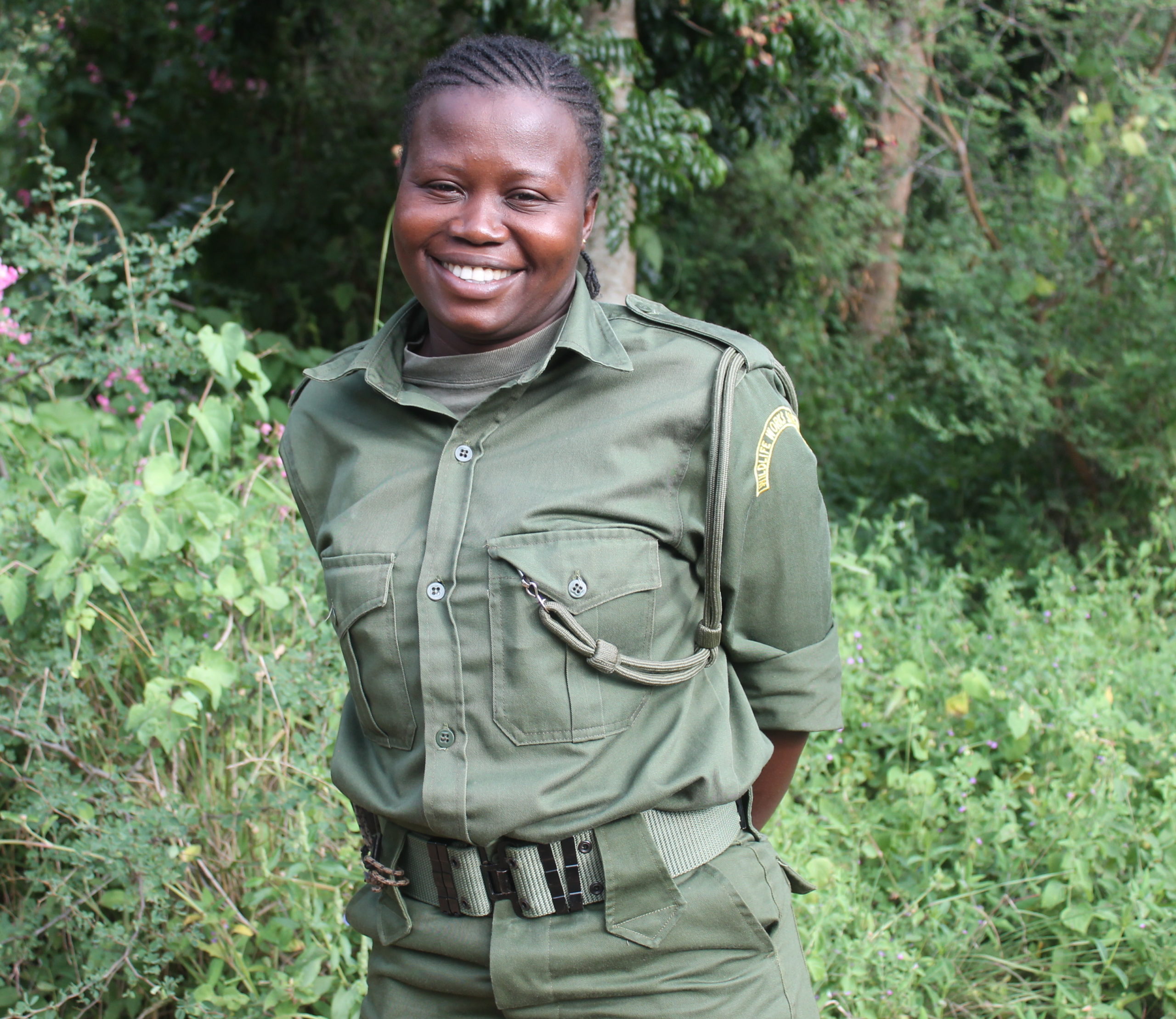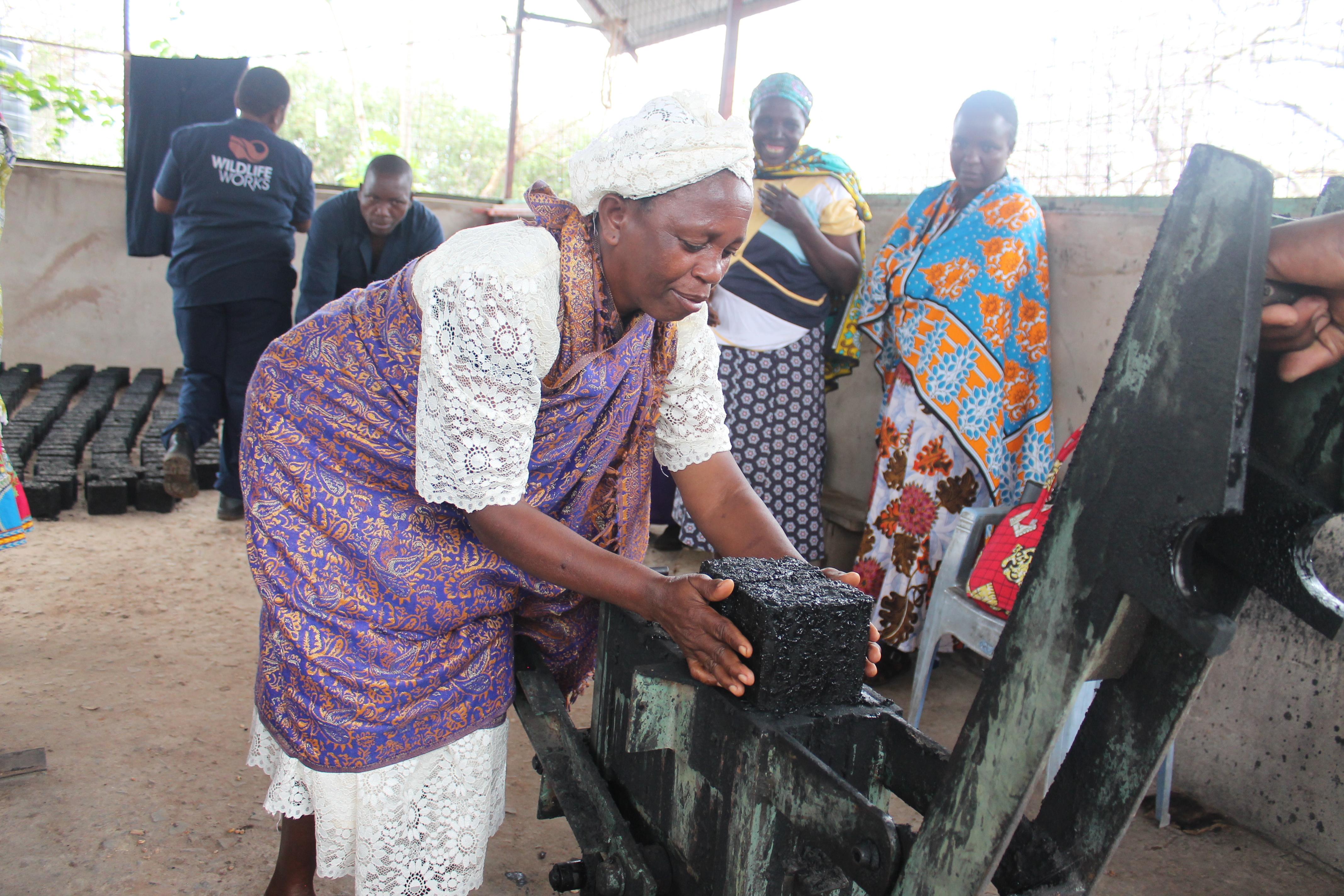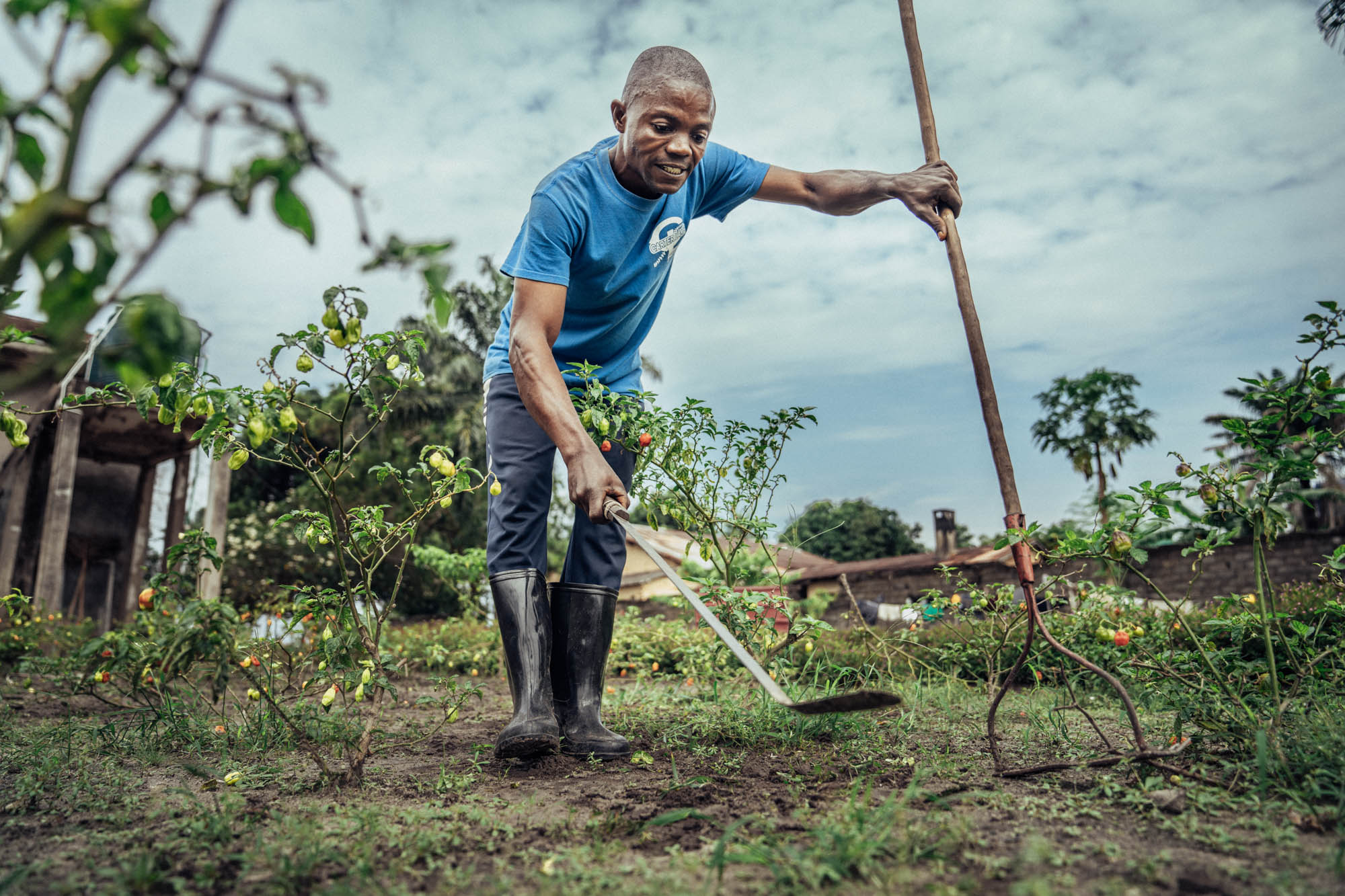-
ASOS Foundation Continues to Fund Wildlife Work’s Community
Wildlife Works partners with ASOS, a large online retailer in Europe that produces with our affiliate factory SOKO, to implement ASOS Foundation funded initiatives in Kenya. Two local development projects that have recently been completed by this partnership are the construction of a water pipeline and the making of lockers and chairs for Buguta Secondary School in Taita Taveta County, Kenya. The ASOS Foundation has funded the construction of 5.7 km of pipeline to supply clean drinking water for domestic and human consumption to 150 households in the town of Mackinnon Road. The water originates from Mzima Springs in Tsavo National Park West, Kenya. The water pipeline project is managed by…
-
Completion of Much Needed Rainwater Catchment Tank
On December 8, the village of Buguta, and six surrounding villages, celebrated the transfer of the Kula Kila rainwater catchment tank to the community. Wildlife Works installed the tank, which was funded by ASOS Foundation, the foundation arm to ASOS, a fashion client of SOKO, which is a partner factory located in our sanctuary. The tank, engineered for water collection ease, has greatly enhanced the villagers’ lives. Women from the seven villages started off the festivities with a traditional dance called Girama. The ward’s administer, a member of the county assembly, village elders from the seven villages, Wildlife Works representatives, and a SOKO Trust representative spoke at the dedication ceremony. The Kula…
-
The Efficiency of Carbon Credits: Wildlife Works’ REDD Project Gives Hope to Families in Kasigau
Only someone who has never witnessed first-hand the plight of a developing nation would dispute the effectiveness of carbon credits. According to a report by the UN-REDD Programme, deforestation and degradation of forestlands account for more than 20% of worldwide greenhouse gas emissions, second only to the transport sector. Forest communities that lack an alternative source of income are forced to decimate the surrounding environment and wildlife to make a living. But what if they were empowered to conserve forests instead of destroy them? The Wildlife Works REDD+ Carbon Project in Kasigau, Kenya, exemplifies the role that carbon credits play in combating global warming and ensuring a safer existence for…
-
Not a drop to drink: Building water tanks in arid lands
For the people of the Kasigau area where our Rukinga Wildlife Sanctuary is located, a normal day involves walking many miles to collect or purchase clean water. With urbanization and changes in lifestyles, water consumption is increasing at a tremendous rate. Kasigau is considered an ASAL (arid and semi-arid land), where water shortages are the norm. The lack of clean water leads to unhealthy living situations, forcing humans and wildlife to drink contaminated water, which can lead to water-born diseases. Our conservation strategy that falls under the REDD (Reducing Emissions from Deforestation and forest Degradation) carbon offset marketplace includes the implementation of community improvement projects that aim to ameliorate these…

